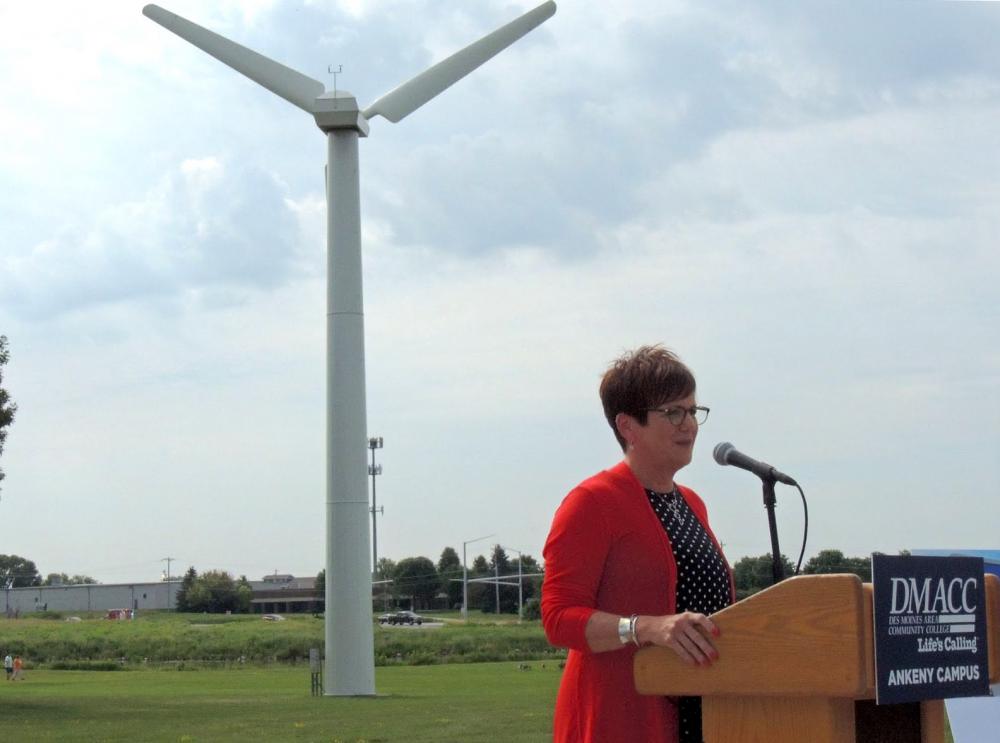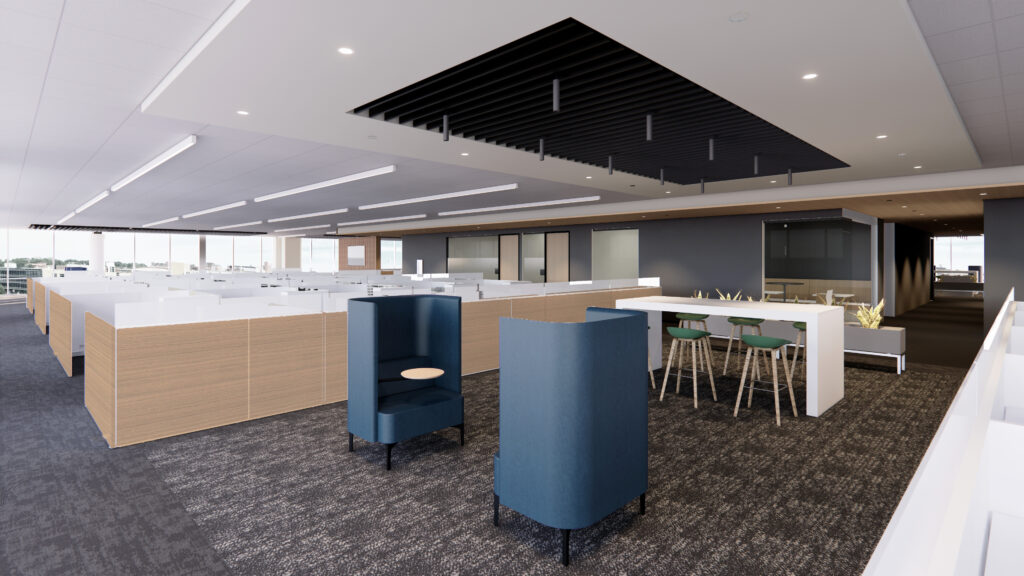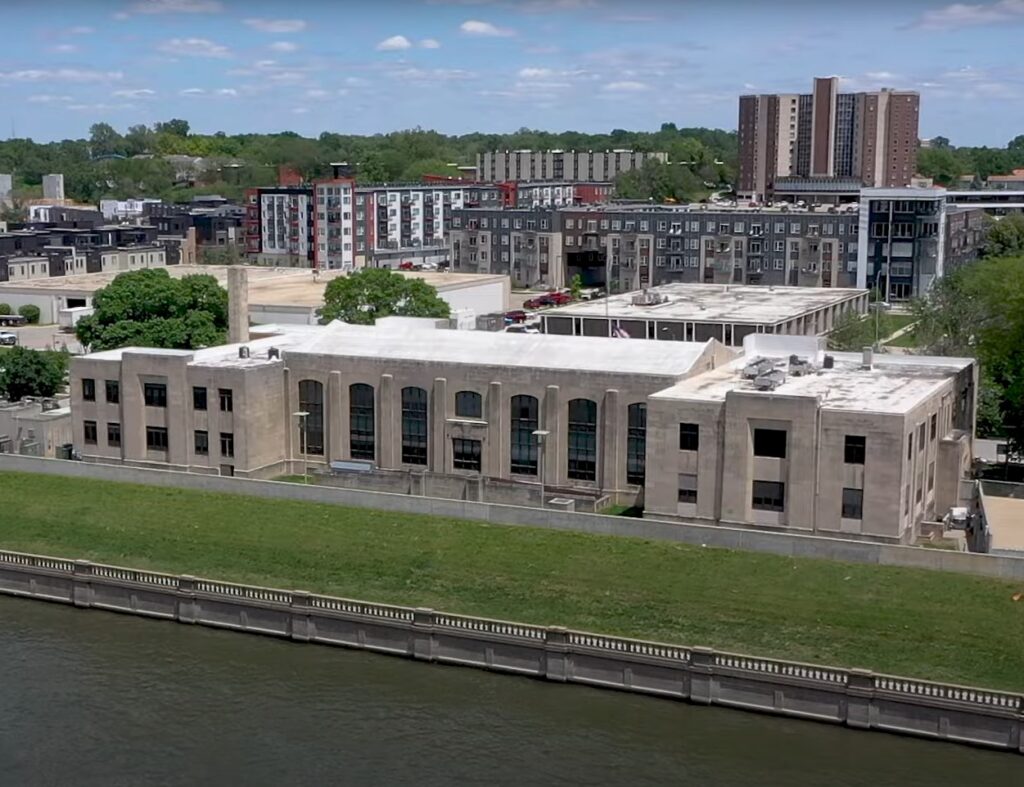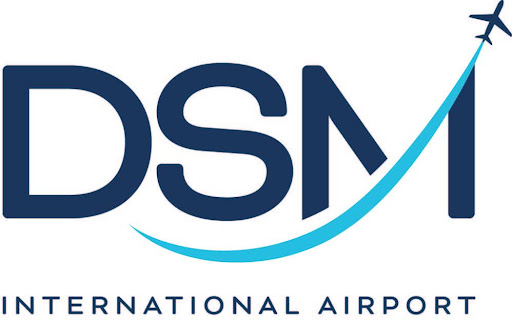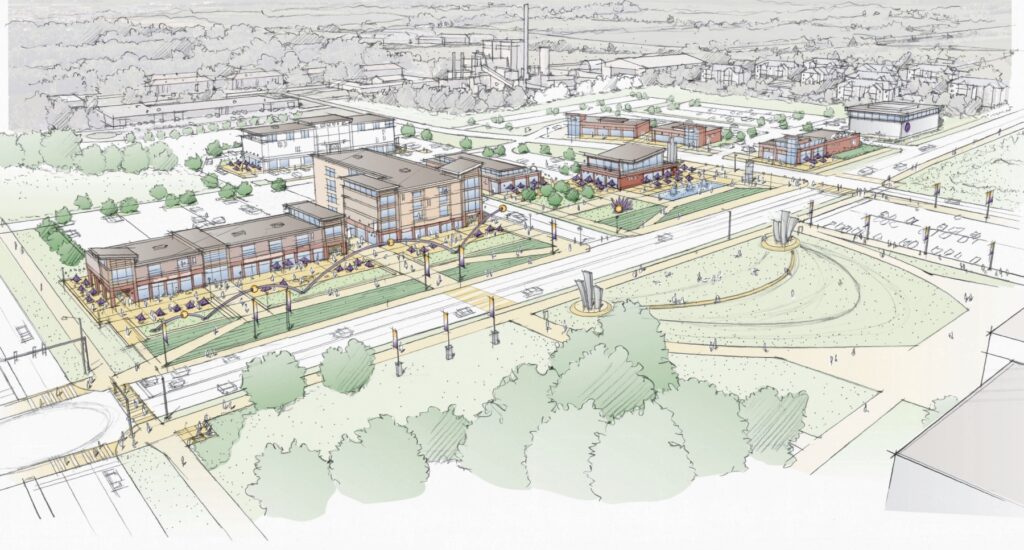DMACC, MidAmerican unveil new Energy Park at Ankeny campus

MICHAEL CRUMB Jul 1, 2021 | 3:49 pm
3 min read time
745 wordsAll Latest News, Education, Energy, Statewide NewsKathryn Kunert of MidAmerican Energy speaks during a ceremony to unveil DMACC’s new Energy Park at its Ankeny campus on Wednesday. Photo by Michael Crumb
Des Moines Area Community College celebrated its new Energy Park at its Ankeny campus Wednesday, saying it will increase opportunities for students to get the hands-on training needed to meet the needs of the state’s growing renewable energy industry.
The 3-acre site near the lake on the southeast part of the DMACC campus will feature an 11-story, 200-kilowatt wind turbine, three 25-foot solar arrays and a new 2.3-megawatt wind turbine nacelle donated to the college by MidAmerican Energy. A nacelle is the cover housing that contains all the generating components of a wind turbine, including the gearbox, drivetrain and brake assembly.
According to the American Wind Energy Association, Iowa ranks No. 3 in the country in clean energy production and storage, producing 11,778 megawatts of wind and solar energy. It ranks first in the country in electricity coming from wind and solar energy, at 58%. The industry employs more than 5,000 people in the state.
DMACC President Rob Denson said the community college is “proud to educate and train Iowa’s workforce.”
“We also try to be on the leading edge of industry change,” he said. “The latest has been our commitment to renewable energy, and the tremendous impact it has on Iowa in economic development across the state.”
DMACC launched its wind turbine technology program in 2010, and the new Energy Park and outdoor lab will help the college continue to train students for jobs in the renewable energy industry, Denson said.
“And today we take another step forward and announce the new DMACC Energy park and expansion of our renewable energy program designed to prepare graduates for Iowa jobs growing in Iowa,” he said.
According to Denson, DMACC’s renewable energy program has trained “several hundred” students who are now employed in the industry.
Kathryn Kunert, vice president of economic connections and integration for MidAmerican, said 83.6% of the energy the company produces comes from renewable sources.
“With more than 3,000 wind turbines in Iowa for MidAmerican alone, there is a clear need to prepare our skilled technicians to work on these so they can continue to generate clean energy that our customers want for generations to come,” Kunert said during the event.
She said U.S. Department of Labor statistics list wind turbine service technicians as the fastest-growing job in the country in 2020 with a median pay of more than $56,000. Solar installer was listed third with a median income of more than $46,000.
“These are great jobs to keep Iowans in our state, operating and maintaining Iowa’s wind and solar farms while providing employment around the state,” Kunert said.
Lt. Gov. Adam Gregg, co-chair of the governor’s Empower Rural Iowa Initiative, said the project is only a continuation of Iowa’s long history of being a leader in renewable energy.
“And that dates back a long time … to at least 1983 when Iowa was among the first states to have a renewable energy portfolio. … And we’ve only built on it since then,” he said.
He said the Energy Park is “an investment in our renewable energy future, an investment in our people and an investment in our workforce.
Gregg said Iowa’s diverse energy portfolio has helped Iowa attract international companies like Facebook, Apple and Google.
“Certainly one aspect of that is our hardworking people, but part of that as well is we have low-cost renewable energy that we can offer and it gives us a competitive advantage with other states we compete with on the coasts and the Midwest as well,” Gregg said.
Bryan Burkhardt, the Renewable Energy Program chair at DMACC, said the Energy Park will provide the hands-on experience needed to make students job-ready when they graduate. The current wind turbine on the campus only has room for two or three people at a time, he said.
“Now we can bring our entire classrooms out safely to be able to do parts identification or preventative maintenance as well as vibration analysis,” Burkhardt said. “When it comes to the solar panels, our students will be able to get experience not only wiring up those turbines and trackers, but also doing testing and troubleshooting.
“That type of technology is very exciting for our students to get that hands-on experience,” Burkhardt said.
Watch a video with DMACC President Rob Denson about the college’s new Energy Park

